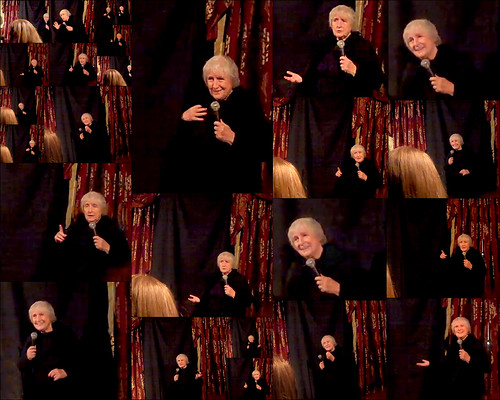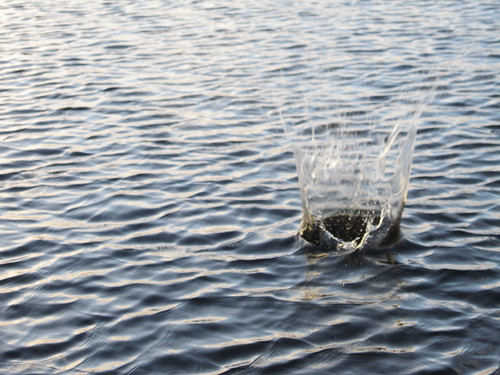
Hello everyone,
Today we are going to storyboard our first presentation.
Let's watch a video by a great presenter called Garr Reynolds.
Take out some loose leaf paper.
While you are watching the video, take notes and answer the questions below.
Part 1: Preparation
- What are the 3 parts of a presentation?
- What are the 3 Zen principles that Reynolds relates to presentations?
- What is a "slideument", and why should we avoid it?
- What are the 6 key elements of "stickiness"?
- What are the 3 parts in the process of preparing a presentation?
Part 2: Design
- What three Japanese words does Reynolds relate to design?
- What is the 1-7-7 rule? Is it a good rule, why/why not?
- What is the "rule of thirds"
- What are the 7 design concepts?
OK, now it's your turn. Start storyboarding your presentation. You should have at least 14 slides, so your storyboard should have at least 14 panels.
Please click the link to download your storyboard worksheet. After that we will edit and rewrite our script.Next, please click the link to download the Writing Error Codes handout. Look at the writing error codes and comments on your script. Correct your errors and rewrite your script.
Now let's talk about slides. Below you can see some examples of really good slides. The slides were made by Garr Reynolds. You can get some great FREE tips from Garr Reynolds' website too.
OK, let's make some great slides now! Please use your own photos and images, or if you don't have your own photos and images please use only photos and images with a Creative Commons licence. You can read about Creative Commons licences here: クリエイティブ・コモンズ. You can find Creative Commons Images on Flickr, or by doing an advanced search in Google.
Bring your slides with you on a USB flash drive next week. Enjoy!



.JPG)












